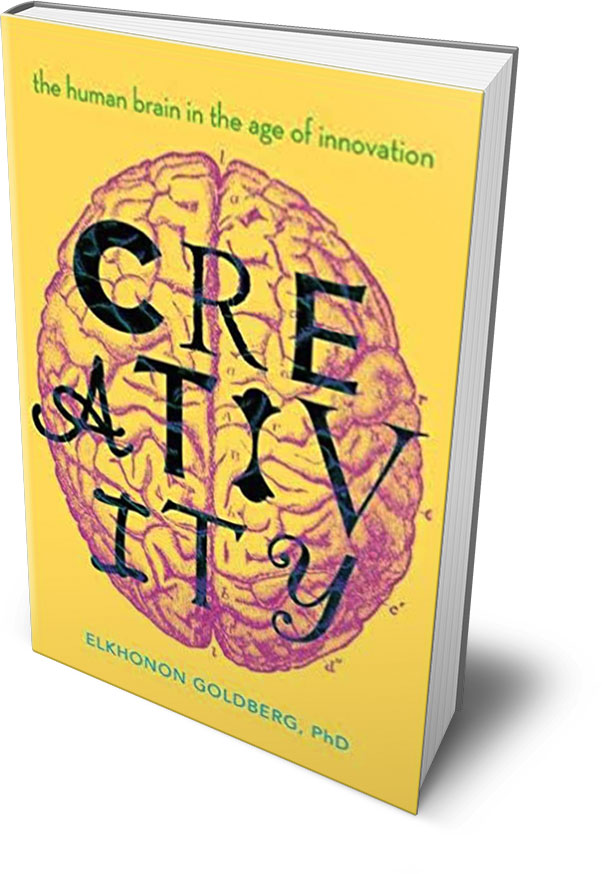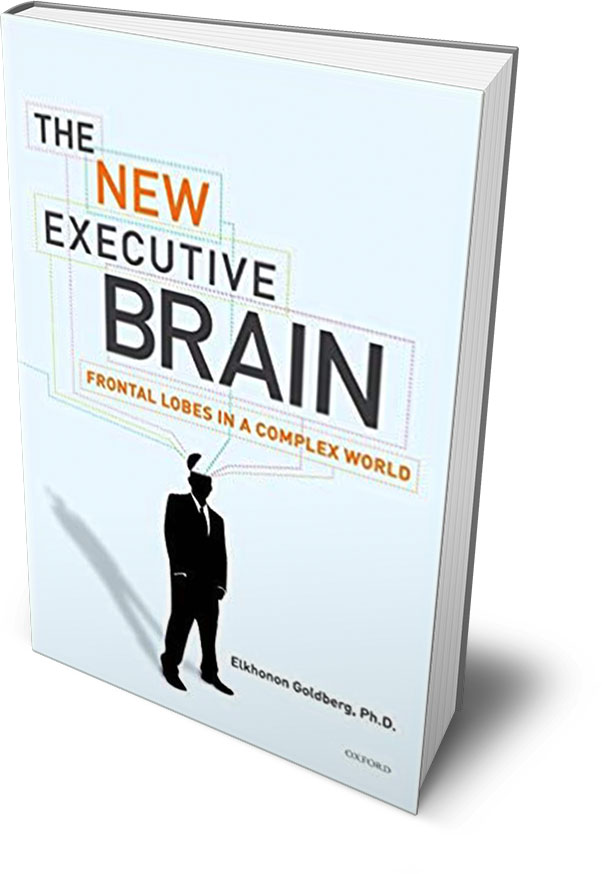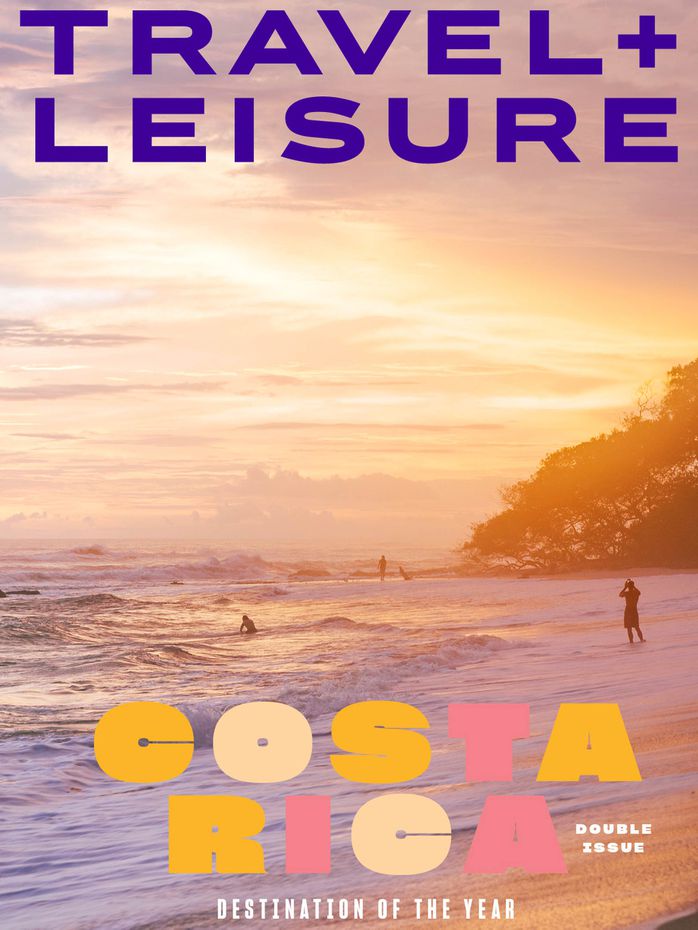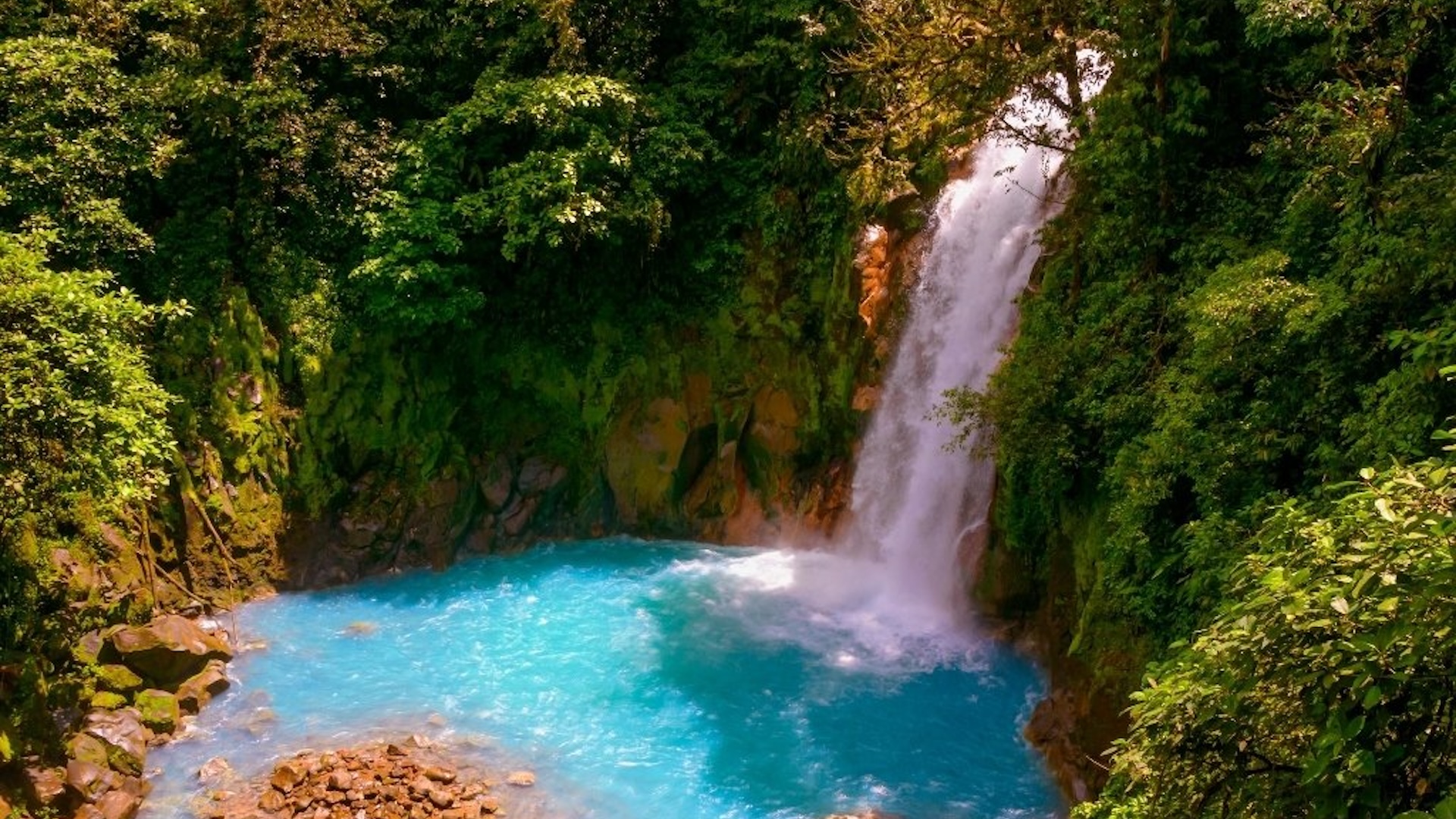Symposium
Executive Functions and Dysfunction in Brain Health and Brain Disorders
Frontal Lobes, Distributed Networks, and the Whole Brain
AUGUST 19 - 23, 2024
Tamarindo, Costa Rica
3 REASONS TO ATTEND OUR SYMPOSIA
RECEIVE WORLD-CLASS TRAINING
NETWORK WITH OTHER PARTICIPANTS
COMBINE LEARNING WITH A VACATION OF A LIFETIME
Our programs are informed by cutting edge science and state-of-the-art clinical insights. The information presented will aid practitioners and researchers alike in advancing their knowledge of brain systems and the implications for conceptualization and treatment.
Our symposia provide rich and rewarding opportunities to meet other professionals from around the world.
Our program will take place in Costa Rica – one of the most iconic destinations in the world.
THE SPEAKER

Elkhonon Goldberg, Ph.D., ABPP/ABCN, is a a clinical neuropsychologist and cognitive neuroscientist, and the Founding Director of Luria Neuroscience Institute and Goldberg Brain-Mind Symposia.
He is a diplomate of The American Board of Professional Psychology / American Board of Clinical Neuropsychology, with over 40 years of experience in neuropsychological diagnosis, cognitive rehabilitation, and forensic neuropsychology.
His critically acclaimed and bestselling books have been published in 24 languages.







Find books by Dr. Goldberg on Amazon:
Creativity: The Human Brain in the Age of Innovation
Executive Functions in Health and Disease
The New Executive Brain: Frontal Lobes in a Complex World
The Wisdom Paradox: How Your Mind Can Grow Stronger As Your Brain Grows Older
The Executive Brain: Frontal Lobes and the Civilized Mind
Luria’s Legacy in the 21st Century
The SharpBrains Guide to Brain Fitness: How to Optimize Brain Health and Performance at Any Age
Elkhonon Goldberg, Ph.D., Founding Director of Brain-Mind Symposia, has a long-standing relationship with Latin America. More recently, he has collaborated with a team of Brazilian neuroscientists in the studies of a “modern-day Phineas Gage” (PDF).
Over the years, Goldberg has grown fond of Costa Rica with its beautiful beaches, lush rainforests, its many natural preserves and rich fauna, with several species of monkeys, parrots and iguanas. Unlike some other countries of the region, Costa Rica is a functioning democracy, stable, and peaceful country, so much so that it does not even have a standing army, something for the rest of the world to emulate!
Costa Rica is sometimes referred to as the Switzerland of Central America. The people, known as “ticos” in Central America, are uniformly welcoming and friendly, and many speak some English.
AGENDA
- General review of the neural basis of executive functions: frontal lobes and related structures: striatum, dopaminergic modulation, and others.
- Executive functions in evolution. Cortical and subcortical contributions to executive functions.
- Executive function in ontogeny. At what age are executive functions fully mature? The trajectory of prefrontal maturation and society.
- Subdivisions of the prefrontal cortex and major frontal-lobe syndromes: dorsolateral, orbitofrontal, reticulo-frontal disconnection and others.
- Functional systems revisited in the age of neuroscience. From modules to networks. Large-scale networks: Central Executive, Default Mode, and others.
- Elements of executive functions: models of the future, generativity, mental flexibility, impulse control, and others. Their relationship to memory, attention and other complex functions. How separate are the “cognitive domains”?
- New ideas in the cognitive neuroscience of executive functions: networks not loci. The mechanisms of salience assignation.
- Decision making in novel and ambiguous environments – untapped territory in neuropsychology. Agent-centered decision making and its relationship to the prefrontal cortex. The role of the prefrontal cortex in dealing with cognitive novelty.
- Lateralization of frontal-lobe structure and function. Perseveration and left-frontal dysfunction. Field-dependent behavior and right-frontal dysfunction.
- Sex (or gender) and handedness differences in the cortical control of executive functions
- Frontal lobes and emotions. Differential impact of lateralized prefrontal lesions on affect.
- The working memory conundrum: working memory in animals and humans. Working memory and salience assignation. Why most “working memory tests” are not.
- Intelligence and the frontal lobes: both coupled and uncoupled. Are executive functions sufficiently assessed in “tests of intelligence?”
- Creativity and the frontal lobes: Hyperfrontality, hypofrontality and the creative spark. Hyperfrontality and hypofrontality in brain health and brain disease.
- Frontal lobes and the lifespan: how neurobiology and environment interact in the age of innovation. Do executive functions decline with age? Does culture influence these processes and how?
- Frontal lobes and consciousness. Hypofrontality revisited.
- Executive dysfunction in neurodevelopmental syndromes: Are ADHD and dysexecutive syndrome the same? Is ADHD over-diagnosed at the expense of other disorders?
- The triple-decker: overcoming the fragmentation of clinical neuroscience and connecting the dots. Parkinson’s, Tourette and focal frontal lesions. Why are they together in this narrative?
- Rethinking Tourette syndrome and its relationship to ADHD. Not just tics. Excessive exploratory behavior in Tourette and why it is often misdiagnosed as hyperactivity. The curse of diagnostic pigeonholes.
- Executive dysfunction in dementias. Why executive deficit is often overlooked in Alzheimer’s disease; Lewy body dementia and cognitive impairment in Parkinson’s disease. Frontotemporal dementia: behavioral, language, and combined variants.
- Executive dysfunction in dementias (continuation).
- Executive dysfunction in traumatic brain injury. When the “mild TBI” is not so mild. Reticulo-frontal disconnection syndrome.
- Executive dysfunction in neuropsychiatric disorders: schizophrenia and affective disorders. Neuropsychological and neuroimaging findings.
- Executive dysfunction and frontal-lobe vulnerability in long neuro-COVID. Primary and secondary effects of COVID on the brain.
- Executive function assessment tools. Their strengths, limitations, and what the new “frontal-lobe” assessment tools should target. Agent-centered cognition.
- Summing up: What we have learned and the next frontiers.
Destination of the Year 2024: Costa Rica

Travel + Leisure Magazine has named Costa Rica as the 2024 Destination of the Year.
Costa Rica is the ninth winner of Destination of the Year, which is selected annually by T+L editors, with past selections including Italy, Japan and Australia.
“We are thrilled to honor Costa Rica as our 2024 Destination of the Year,” said Jacqui Gifford, Editor-in-Chief of Travel + Leisure. “Costa Rica’s unwavering dedication to sustainable tourism and its breathtaking natural beauty make it a standout destination for travelers seeking unique and eco-conscious experiences in the year ahead.”
Whether you want to hike in a cloud forest at 10,000 feet above sea level or you dream of riding horses on a white sand beach, it’s never been easier to reach the rich coast. There are nonstop flights to Costa Rica from more than a dozen U.S. cities.

Costa Rica literally translates to “rich coast,” and it’s easy to see how it got its name. In addition to world-class beaches on both the Caribbean and Pacific, this peaceful paradise boasts some of the most bio-diverse ecosystems on Earth.
For more information on Costa Rica’s recognition as the 2024 Destination of the Year, visit https://www.travelandleisure.com/destination-of-the-year-costa-rica-2024-8362021.
GUANACASTE, COSTA RICA
GREAT KNOWLEDGE IS A DESTINATION
Goldberg Brain-Mind Symposia provide a forum – both intellectual and physical – for sharing cutting-edge knowledge and ideas about the brain and the mind. Our programs are designed for mental health professionals (psychologists, neuropsychologists, neuroscientists, psychiatrists, neurologists, psychotherapists, and others).


We offer rich and thoughtful content in iconic locations to attract international participation, and by so doing to foster interactions among professionals and scientists from every corner of the world.
Our 2024 program will take place in Guanacaste, Costa Rica. It will address central topics in neuropsychology and cognitive neuroscience. To learn more, go to PROGRAM.
GREAT KNOWLEDGE IS A DESTINATION
GUANACASTE
Guanacaste is a province located on the Pacific coast of Costa Rica with some of the most spectacular beaches in the world. For the more adventurous, there is surfing and beachside horse riding; and for the more sedate there is swimming, sunbathing, and watching iguanas lounging on the beach. Boat trip opportunities are abundant, with marine fauna to match the terrestrial one: occasional breaching humpback whales, dolphin pods, and sea turtles. Inland tours into the rainforest with its rich fauna and flora, including howling monkeys and colorful parrots, are also easy to arrange.


The meetings will be held at the twin hotels under one management: Tamarindo Diria, a family hotel located right on a spectacular beach, and Jardin Del Eden, an adults-only boutique hotel a few hundred feet inland surrounded with lush gardens. The town of Tamarindo, whose original claim to fame was one of the “surfers’ paradise”, has numerous restaurants of every culinary denomination, boutiques, and hotels. The workshop participants will have the options to stay at the hotel where the workshop will be held, which will make it particularly convenient; or in one of the adjacent hotels in Tamarindo.
There are two ways for international travelers to get to Tamarindo: by flying to Liberia International Airport; or by flying to San Jose International Airport and then taking a local flight to Tamarindo. The town of Tamarindo is about an hour car or bus ride from Liberia International Airport, on a scenic road passing through an agricultural area and pastures with grazing cows and horses.




At the end of the trip you are rewarded by arriving at one of the most spectacular beaches in Costa Rica.


